IN 2014, I pursued my passion for belly dancing at the Fleur Estelle Dance School in Covent Garden, London. Over the next three years, I mastered techniques ranging from foundational movements to advanced choreography and performance skills. This dedication to dance led to performing in front of audiences, including a memorable solo rendition of Bruno Mars’ Uptown Funk, which showcased dynamic stage presence and delighted the crowd.
However, my connection to dance began much earlier. The energy, vibrancy, and storytelling of Bollywood captivated me from a very young age. The expressive movements, lively music, and colourful costumes offered a sense of joy and empowerment that became the foundation of my dance passion.
Fast forward to 2018, I discovered BollyX, a Bollywood-inspired exercise programme that combined my love for dance with fitness. That same year, I became a certified CL1 BollyX fitness instructor, setting me on a path to share this unique blend of dance and fitness with others.
After recognising a lack of Bollywood-inspired and ladies-only fitness classes in the Waltham Forest area of London, I decided to launch my own Bollywood fitness sessions, starting in Walthamstow. These classes have since become a cornerstone of my efforts to bring Bollywood fitness to the community, offering participants an exciting way to stay active and connect with the vibrant world of Indian cinema.
Another turning point came when I expanded my horizons by attending a Bollywood workshop in Rome, Italy. This led to my debut live performance at Saaz Restobar, where I had the opportunity to showcase the beauty of Bollywood dance fitness to an appreciative Italian audience. These experiences further reinforced my passion for dance and cultural expression.
That dedication to promoting Bollywood fitness led to me being selected by the Glastonbury Festival as a performing artist. I have also been able to lead workshops for organisations such as Carers UK, Dementia UK, the Financial Conduct Authority, Lloyds Bank TSB, Parkinson’s UK, the Times, and the Wellnergy Festival. These workshops enabled me to show how Bollywood-inspired dance fitness can be used as a tool for team-building and cultural engagement.
My current Bollywood dance fitness classes uniquely blend cardio and strength training with high-energy routines set to infectious film music. They are designed for all fitness levels, with routines that are simple to follow and adaptable to individual abilities.
Participants enjoy improved cardiovascular health, calorie-burning workouts, and enhanced muscle tone, all in a fun and supportive atmosphere. Dance classes also offer mental health benefits, such as stress relief, mood enhancement, and increased mental clarity, creating a holistic experience.
My journey, along with the classes, has reinforced that dance is not only a great form of entertainment but also offers many health benefits and a positive energy that should be experienced by everyone. That combination of fitness, dance, and cultural immersion will leave you energised and inspired. That is why you should always remember to dance like no one is watching.
Mevy Qureshi holds Bollywood dance classes every Thursday at All Saints Church, Highams Park E4 9QZ, from 12.30 pm to 1.15pm, for £5 per session or £18 for four classes. Visit Instagram @bollyxwithmevy
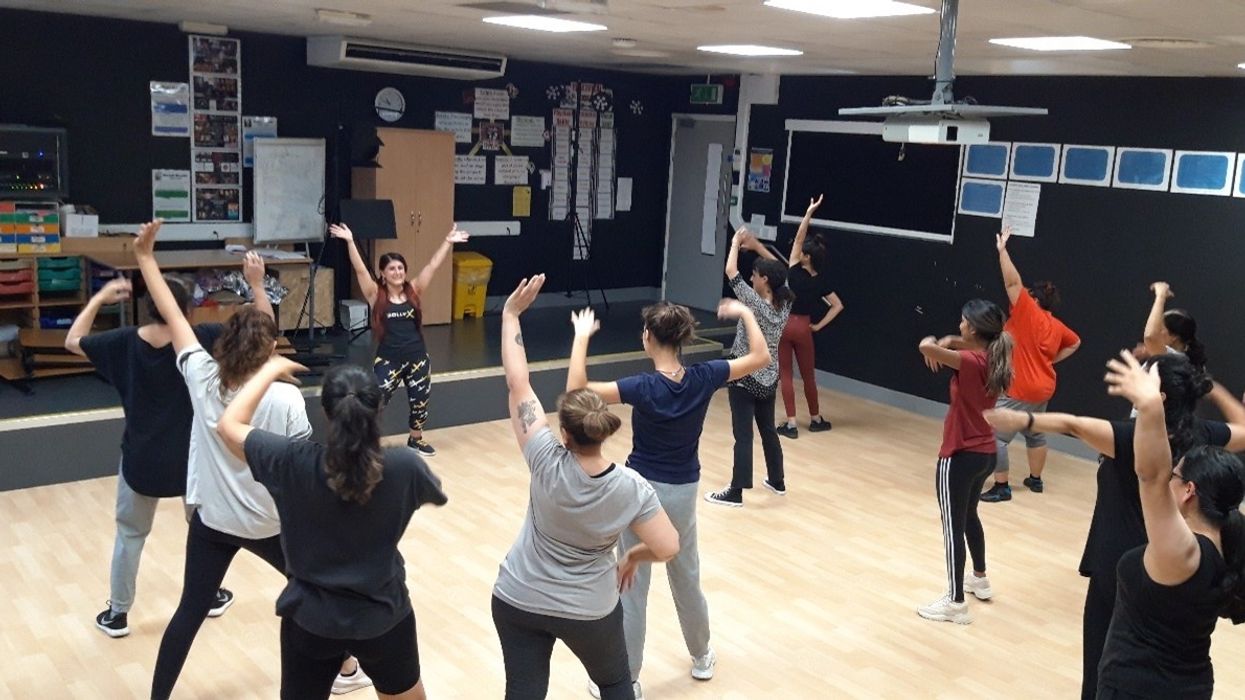



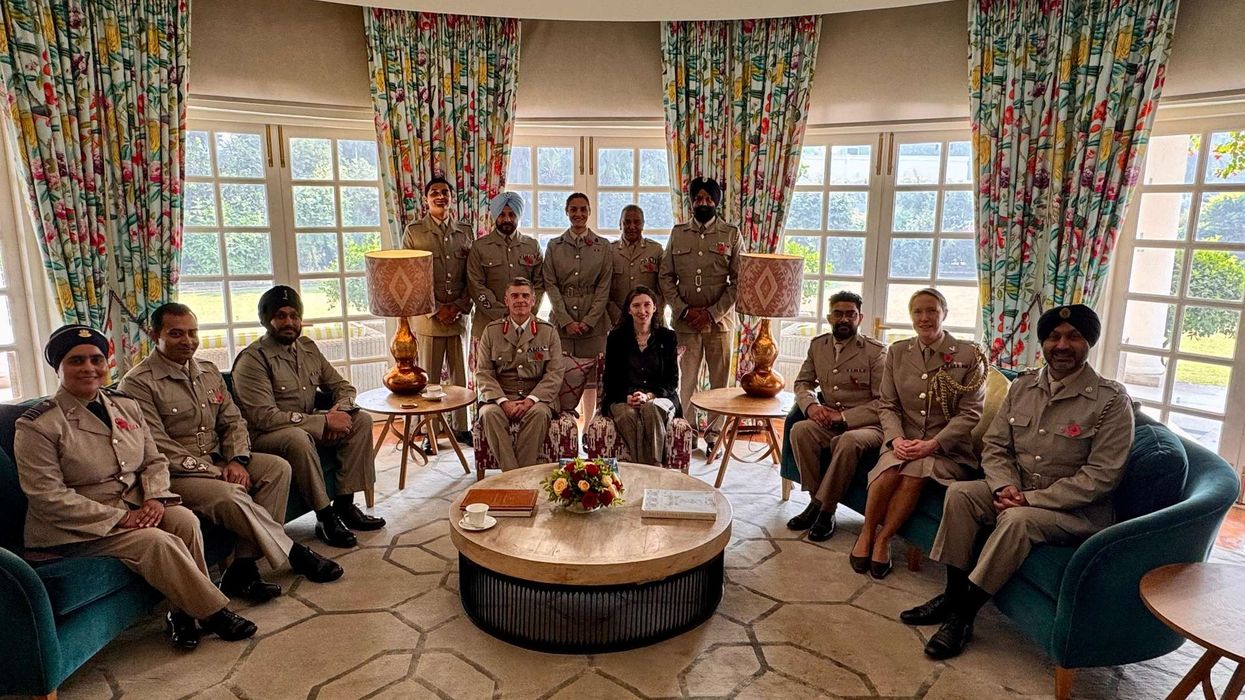
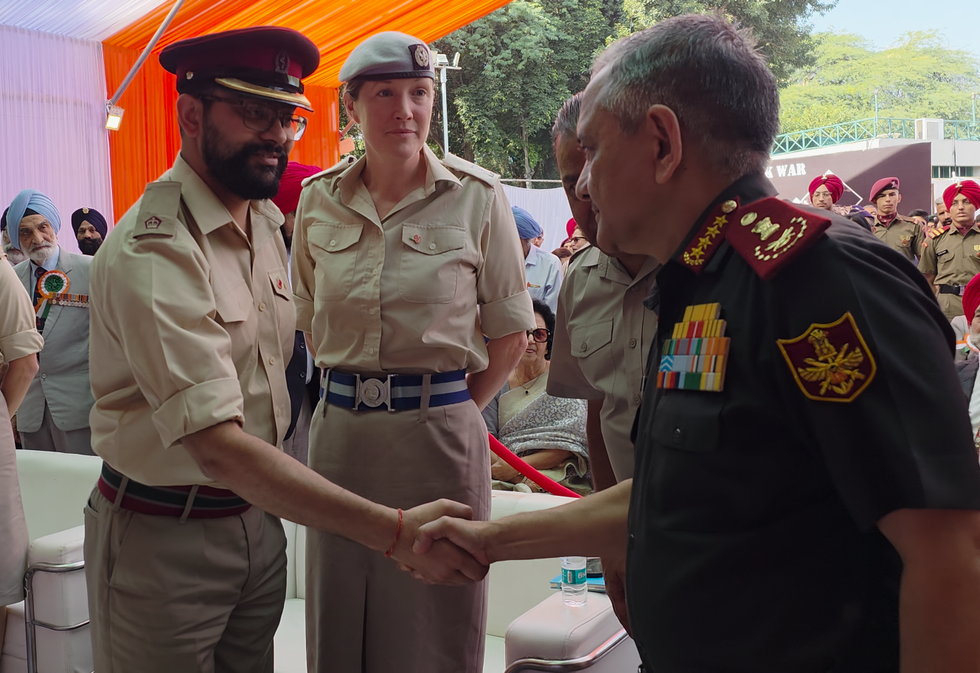

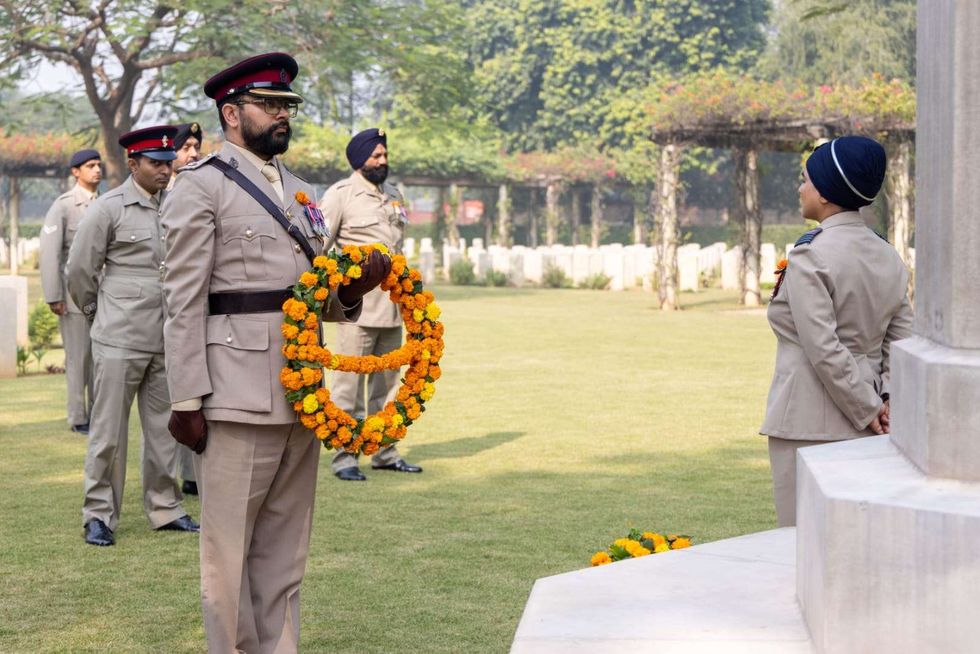
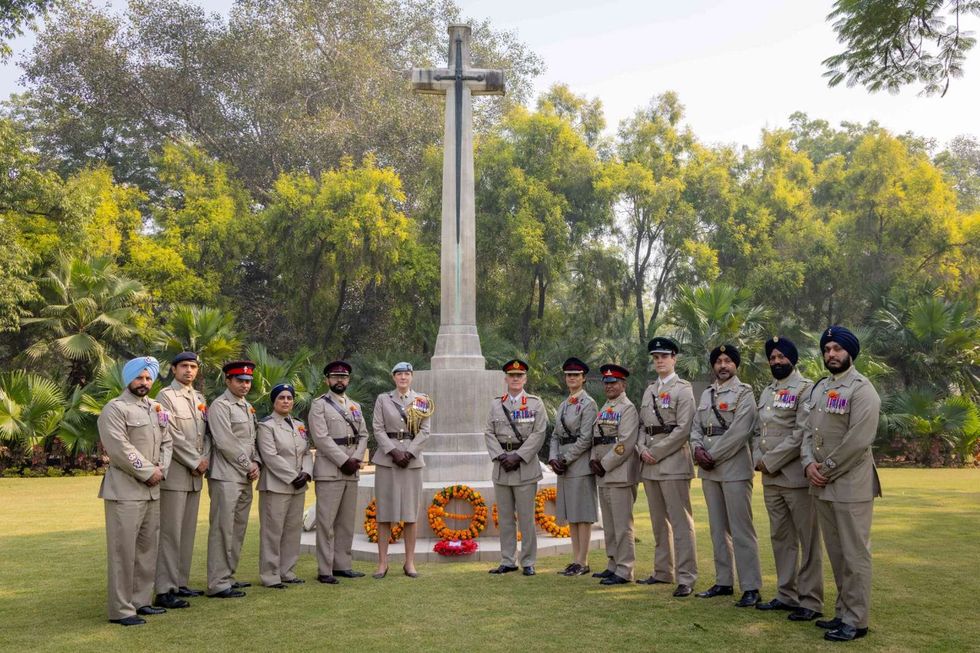
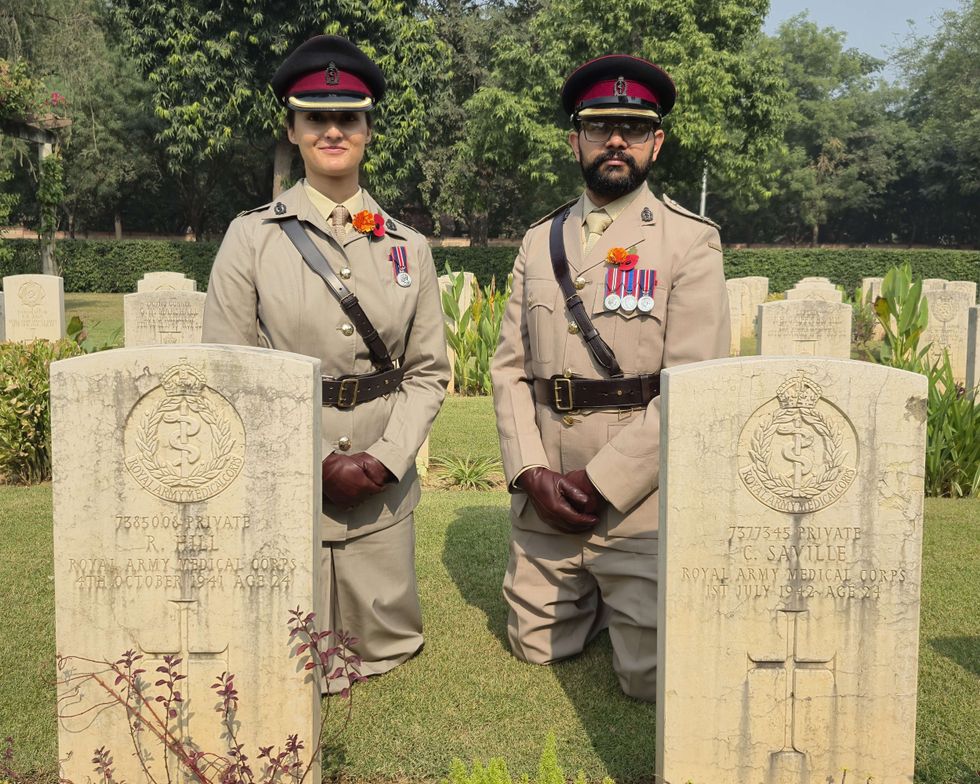







Anurag Bajpayee's Gradiant: The water company tackling a global crisis